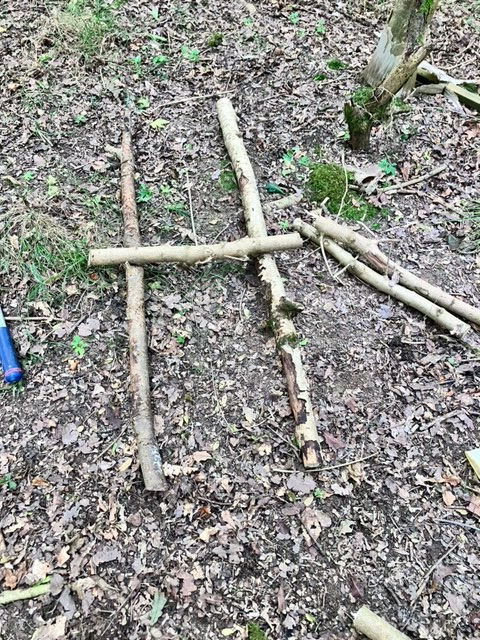2.2- Assignment (Unit 5): Make recommendations for further sessions aimed at progressing 3 individuals learning and development
- Naomi Harvey

- Aug 20, 2024
- 3 min read
Child A - Struggles with structure, rules and self regulation. Within school she has a safe space she is able to go to when allowed, a weighted blanket and has been allowed nap and snack time. Struggles with own emotions and needs time to process and understand these, especially when around others and feels she has done wrong and will be told off.
Can be aggressive towards other children, does not like interaction when angry and needs time to calm down alone, but needs to stay in sight, quite often runs or hides. If she feels someone is angry or upset with her, she is quick to reject them before they can reject her, lacking self image.
Next Steps:
Organise activities where Child A is able to thrive and lead, feeling in control of situations using scaffolding techniques to monitor interaction with group dynamics.
Monitor and model good communication skills within group activities, allowing her to step away when getting noticeably irritated by others.
Child A needs to improve her sleep regulation - this is an ongoing plan with parental participation.
Help improve self-image and build confidence within herself and draw attention to her positive friendships.
Ensure her safe space is available and is equipped with any resources she may need, weighted blanket, fidget toys or books.
Adults are always assigned to keep her in sight to reduce the risk of running off, but allowing her to have space. Try to anticipate if emotions are rising and need removing from group for regulation.
Child B - Lack of concentration with activities in and out the classroom. No aggression shown, but defiance is developing. Unwilling to join in group activities, likes to do his own thing. Loves to be on the move and much rather be outside with his best friend than anywhere else. Only plays with one friend, which can cause issues when that friend likes to play with someone else. Loves to be in the Forest school setting, however still struggles to listen to simple instructions and gets easily distracted with his own objectives and therefore doesn’t tend to work well in teams as he likes to do his own thing. Can struggle to understand others feelings.
Next Steps:
Adult intervention when conducting talk time at start of session, 1-2-1 to see if he can engage in conversation regarding the rules, surroundings and what is planned for that day’s session.
During quiet time, make sure he is taking part and able to concentrate on what is surrounding him and the ‘here and now’ rather than what he’s planning on doing next.
Provide support for him to engage in child led play with others in a group and to focus on one activity.
Discuss emotions and encourage Child B to recognise emotions in others and himself to make suitable choices in his actions.
Encourage him to take part in group activities that do not involve his one friend, allowing him to branch out his friendships and building communication skills with others.
Child C - Lack of self esteem, struggles with confidence in herself and her actions. Very much a teacher pleaser and dislikes getting things ‘wrong’. Can be quiet and unsure of herself. Very structured and likes routine. Can show signs of anxiety when changing routine or not confident in the subject. Has an older sister in Year 6 (she is in Year 2) and very much relies on her, if she is unsure or hurts herself within school, she wants her sister. Child C likes to mother other children in the classroom, she will often help children if they are hurt or feeling sad and is full of suggestions for ways to solve problems or the best way to do something.
Next Steps:
Provide small problems that will challenge her resilience and may take time and patience for her to complete.
Support to build confidence with risk taking behaviour such as building or going across a self built bridge or climbing a tree.
Provide opportunities for the child to be creative and push boundaries, not to be afraid of not getting it right the first time.
Provide positive feedback throughout sessions.
Encourage to apply herself to different activities within the sessions and work with different group members.


Comments